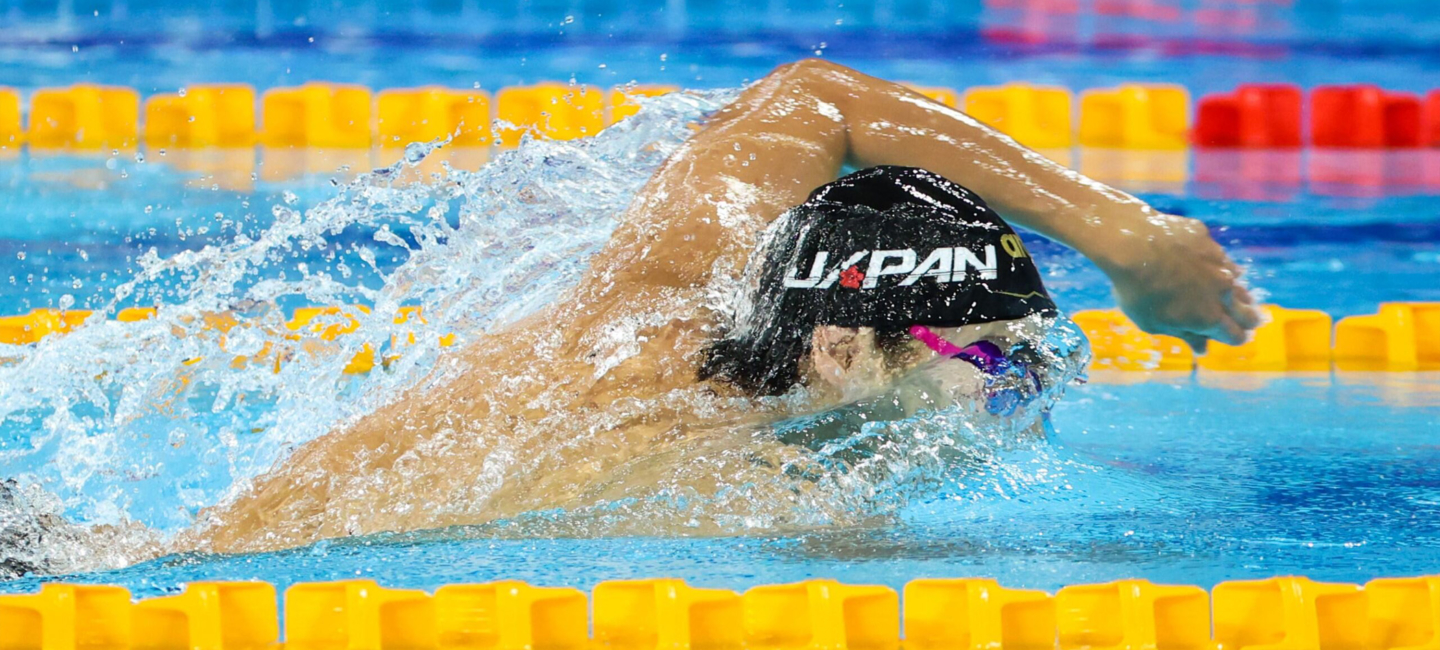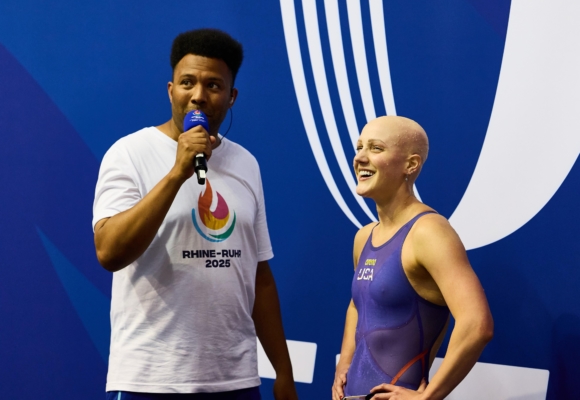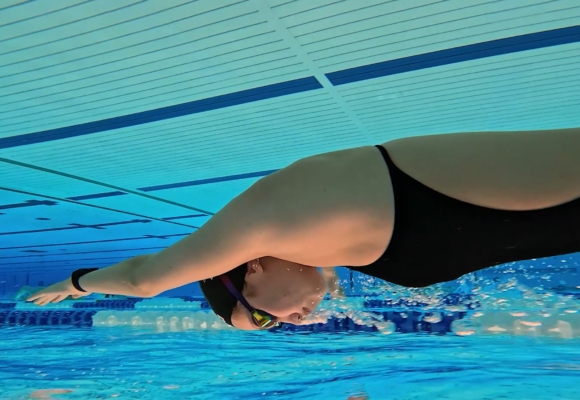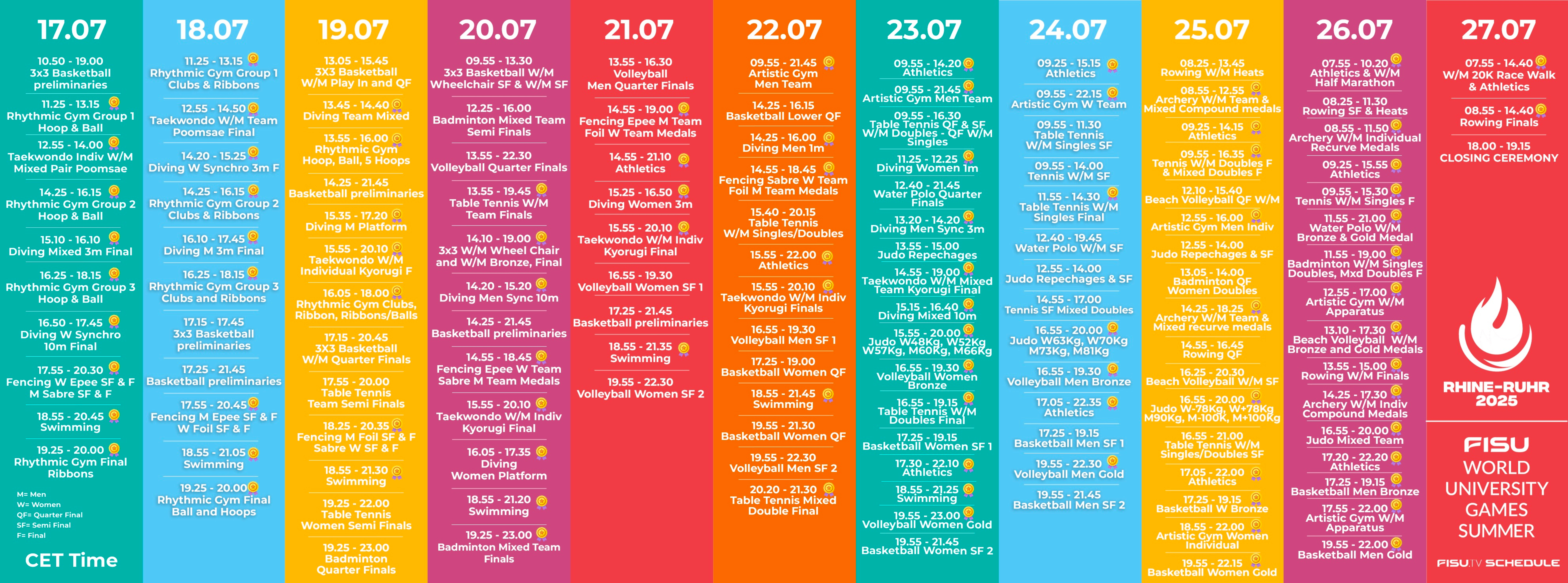During the first Summer Universiade in Turin (ITA) 1959, 12 records were broken, setting the milestone for another 12 Universiade records just two years later in Sofia (BUL). This is typically Swimming: a very high level sport in a dramatic setting.
News
All newsEvents
FISU Technical Committee Chair
 gbr
gbr
Resources
History of Swimming in FISU
Swimming is one of the most popular leisure activities and competitive sports around the world and it first featured at the third International University Sports Weeks in 1951, in Luxembourg. However, it was not until the inauguration date of the modern Summer Universiade in 1959 in Turin that swimming became a compulsory event on the sports programme of FISU.
Due to the increasing success, university swimming continued to attract more and more student participants from around the world, boosting the level of competition to grow beyond its own great heights. In 1967 in Tokyo, the victory of the American swimming team remained without doubt one of the most outstanding feats in Universiade history, taking a total of nine world records. The success story of swimming continued throughout the eighties and nineties. In the 1981 Summer Universiade in Bucharest (ROM), 26 Universiade records were broken in 29 events. Just two years later in Edmonton (CAN), the Soviet swimmers, headed by the world record holder Vladimir Salvikov, literally crushed the opposition, taking 22 titles. Edmonton was also the first international event for the future Olympic champion Alex Bauman.
The level of the Universiade swimming competitions remained high and top ranking swimmers such as Matt Biondi, Michael Gross, Jon Sieben, Otylia Jedrzejczack, Yana Klochkova, Rachel Komisarz, Oleg Lisogor, Tom Malchow, Gustavo Borges and Zhang Yu Fei participated in both the Olympics and the FISU Games.






